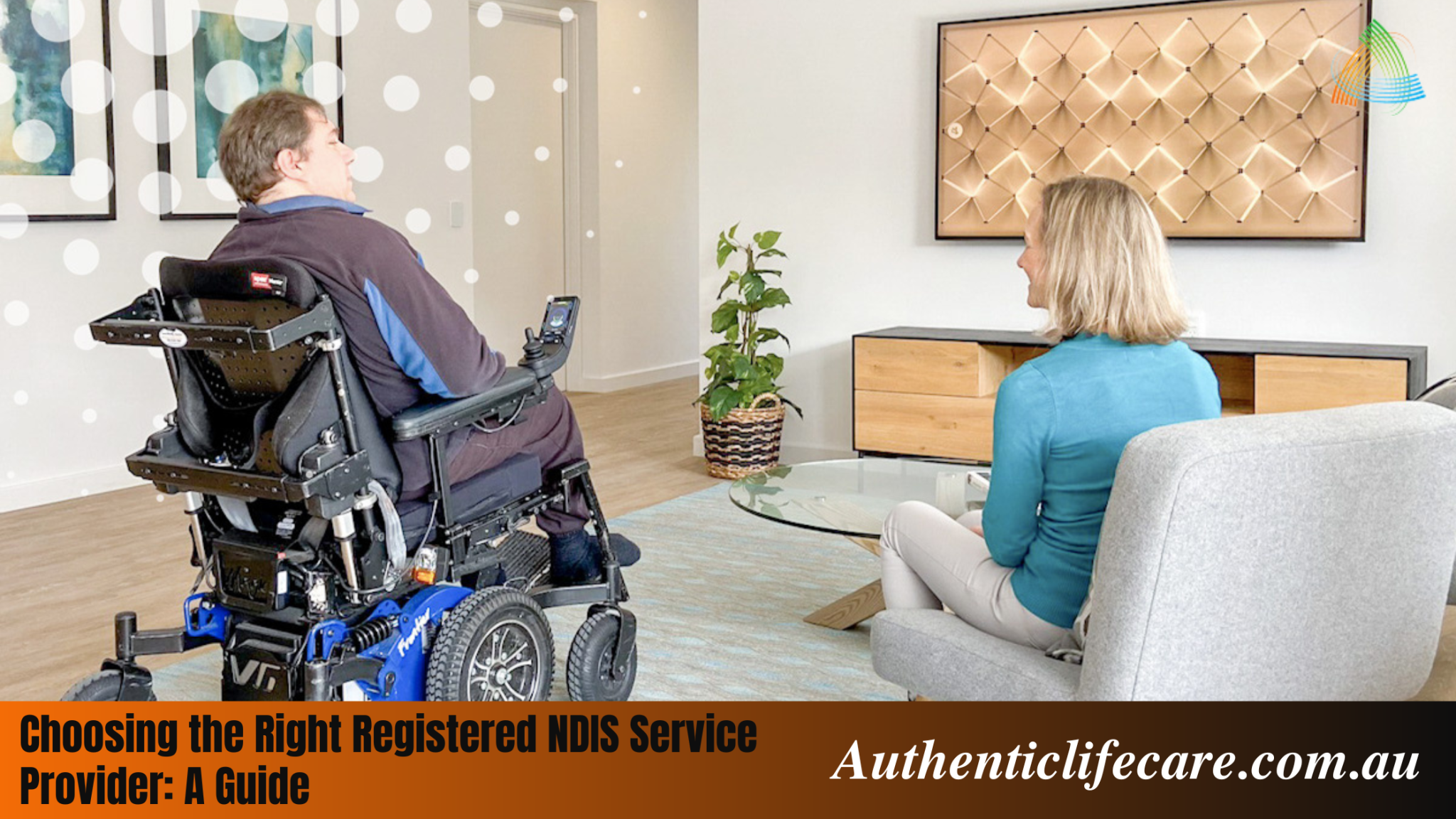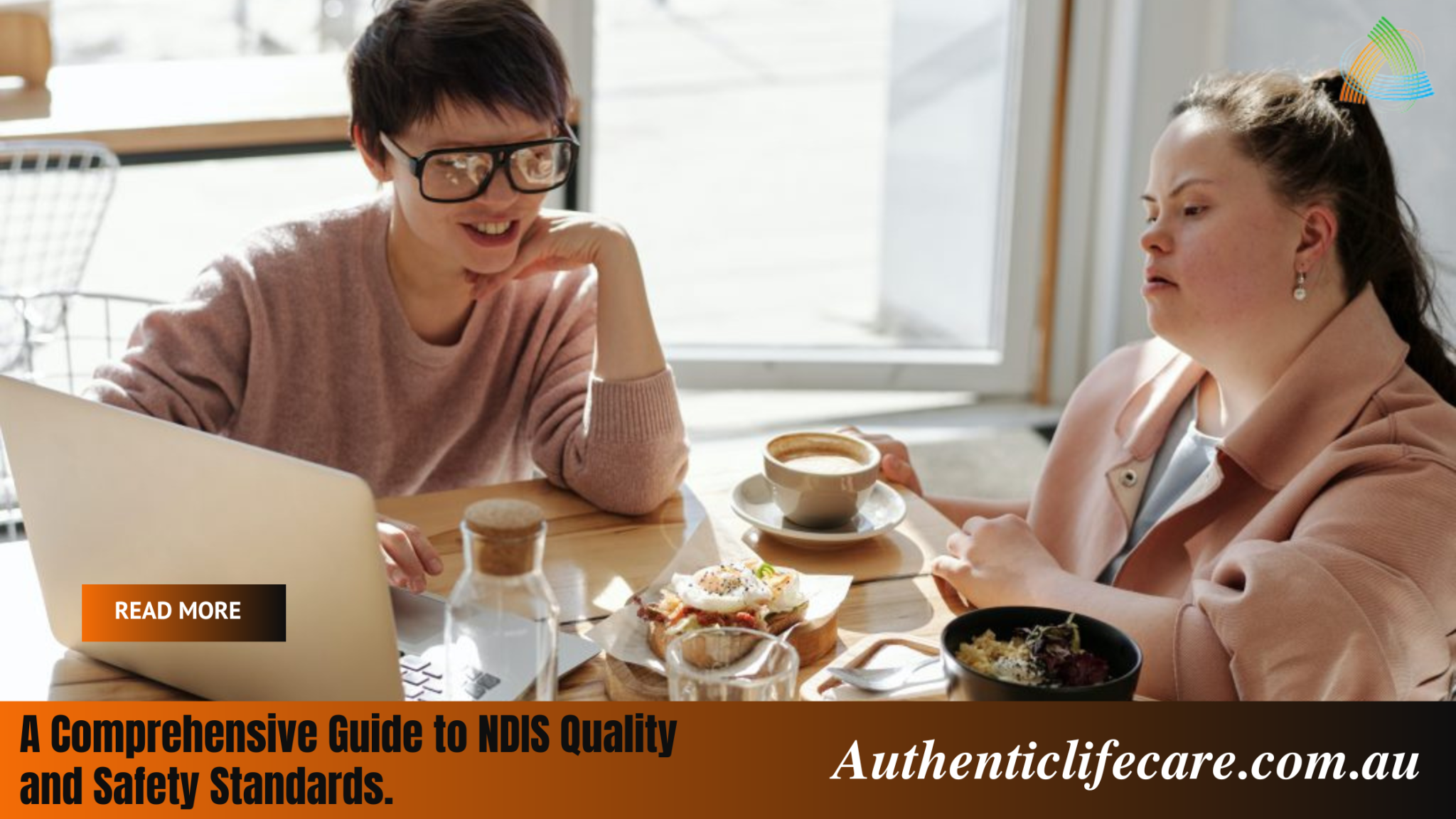People with physical disabilities are just as likely as women of equal ages without disabilities to become mothers. Adaptations may be required for mothers with physical disabilities to care for their young children. To safely raise or hold their infants, change diapers, feed or bathe their babies, or keep their toddlers healthy, they may use assistive technology or technique or equipment modifications. Healthcare providers and social services will be concerned about a pregnant mother’s capacity to care for her child if she has a disability. They do not know how to better treat a pregnant wife or a new mother with a physical disability, but learning more about potential solutions from women with disabilities who have already cared for their children may be beneficial.
Researchers looked at results from interviews with 25 mothers with physical disabilities who took part in a survey of women with physical disabilities’ health needs and interactions before, after, and after breastfeeding. The participants all had at least one child under the age of ten, and they all seemed to have a physical disability that hampered their ability to walk, use their hands and arms, or both.
Participants were questioned about their encounters with their babies and toddlers. They were asked if they used any adaptations, improvements, or aids to help them provide for their young children.
The participants identified five main forms of adaptations they used while caring for their young children, according to the researchers. There were the following:
1.Obtaining or updating babycare equipment
Participants stated that they needed to ensure that they had access to cribs, baby slings, and changing tables. The participants used a mixture of standard equipment, custom-built equipment, and self-modification of standard equipment to make it available. Any of the participants described lowering the height of a changing table or adjusting or buying a specially built crib that helped them to raise the baby in and out of their wheelchair.
2.Changing the atmosphere at home
The participants spoke about making improvements to their home setting to make it easier to access and access important baby care products. Some participants, for example, suggested putting babycare products in each room to reduce movement across the house when holding the baby.
3.Obtaining facts and assistance
The participants said they often searched the Internet for information and found help from other parents with and without disabilities, including other mothers with similar disabilities. Peer support from other parents with related disabilities was identified by some participants as extremely helpful in brainstorming tips and tricks for solving particular obstacles, while others were saddened by the difficulty in meeting other parents with disabilities. Any of the participants have mentioned having trouble fitting in with conventional family classes.
4.Creating safety-enhancing communication strategies
Participants spoke about teaching their young children protective rules including standing in their mother’s line of sight or holding hands while driving, as well as staying engaging in conversation with them to keep an eye on them. These tactics eliminated the need for mothers to run after their children in order to keep them healthy.
5.Getting help from someone is a good thing to do
With physical challenges, the participants mentioned enlisting the help of others. The other parent assisted in physical caregiving in certain families. Others mentioned enlisting the help of personal assistants to help them with physical activities. However, some of the participants discovered that they couldn’t use government-funded personal assistance programmes for childcare activities, so they either had to pay out of pocket or limited their use of personal care assistants to domestic tasks like cleaning and washing.













